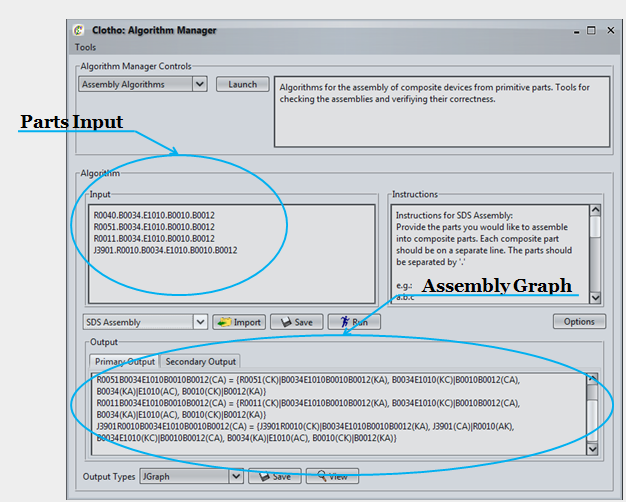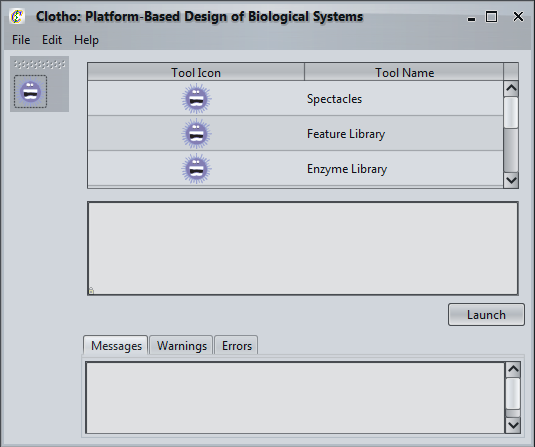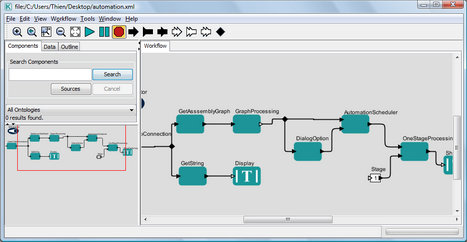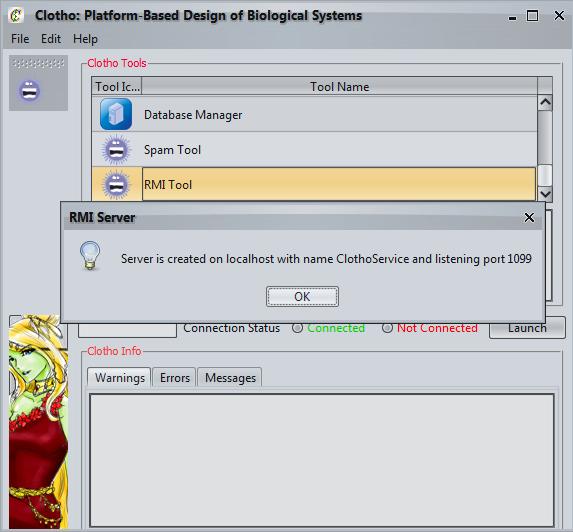Team:Berkeley Software/Kepler
From 2009.igem.org
- Eugene
- Spectacles
- Kepler
- Data Model
Automation Assembly and Kepler Integration
Contents |
Introduction
Two of the key requirements for introducing automation into the biological design process are reproducibility of specific protocols and formally capturing these protocols. Often these are very complicated, take considerable time to develop and “debug”, and are lab/equipment specific. A highly modular, expressive, and extensible framework to capture and design these workflows would be useful. Our project integrated the Kepler workflow design environment with the existing Clotho platform, in order to formally capture a number of specific design protocols related to composite part assembly.
Kepler is a multi-university design effort focusing on scientific workflows, and is used by a wide variety of projects in different fields. This work is done in conjunction with the Center for Hybrid & Embedded Software Systems (CHESS). We are improving protocol automation and also create material for a larger audience as well.
Big Picture
Physical Assembly Running Example
As we are going through steps in the workflow, we will show the construction of a family of reporters which consists of four devices:
Zooming In
1. Start Clotho
2. Start Kepler
3. Specify Devices to Assemble
This action is done in Clotho's Algorithm Manager - a tool constructed by Berkeley_Software iGEM team 2008.
 Devices are specified in a string format where basic parts are separated by dots to represent the overall goal part. Each goal part is entered on a separate line. This can be done either manually, or imported from a file, or imported from Spectacles.
Devices are specified in a string format where basic parts are separated by dots to represent the overall goal part. Each goal part is entered on a separate line. This can be done either manually, or imported from a file, or imported from Spectacles.
 "
"



